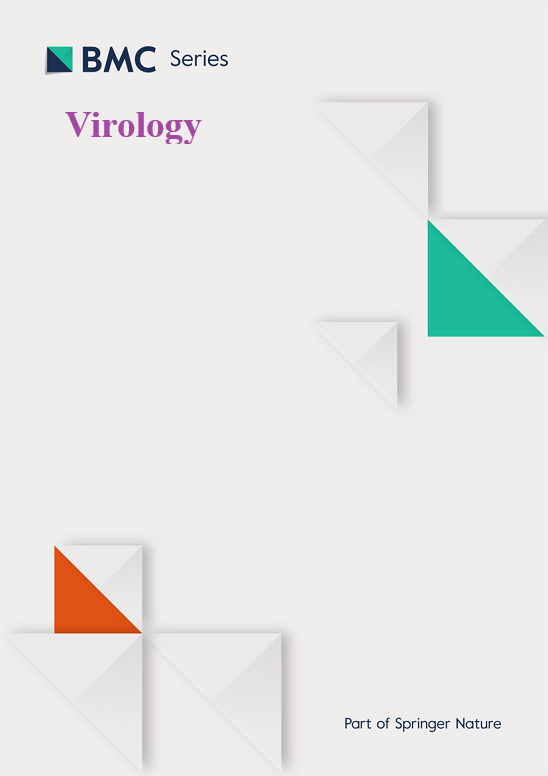定义SARS-CoV-2进入过程中涉及的多种刺突受体相互作用:机制和治疗机会
IF 2.8
3区 医学
Q3 VIROLOGY
引用次数: 0
摘要
严重急性呼吸综合征冠状病毒2 (SARS-CoV-2)是一种包膜RNA病毒,导致2019冠状病毒病(COVID-19)大流行。SARS-CoV-2刺突糖蛋白与宿主细胞上的血管紧张素转换酶2 (ACE2)结合,促进病毒进入。然而,SARS-CoV-2在几乎所有人体器官中的存在——包括那些很少或没有ACE2表达的器官——表明有其他受体参与其中。最近的研究已经确定了几种通过ace2依赖性、非依赖性或抑制机制影响SARS-CoV-2进入的细胞蛋白和分子。在这篇综述中,我们探讨了这些替代受体是如何被识别的,它们的表达模式和在病毒进入中的作用,以及它们对SARS-CoV-2感染的影响。此外,我们讨论了旨在破坏这些病毒受体相互作用以减轻COVID-19发病机制的治疗策略。本文章由计算机程序翻译,如有差异,请以英文原文为准。
Defining diverse spike-receptor interactions involved in SARS-CoV-2 entry: Mechanisms and therapeutic opportunities
Severe Acute Respiratory Syndrome Coronavirus 2 (SARS-CoV-2) is an enveloped RNA virus that caused the Coronavirus Disease 2019 (COVID-19) pandemic. The SARS-CoV-2 Spike glycoprotein binds to angiotensin converting enzyme 2 (ACE2) on host cells to facilitate viral entry. However, the presence of SARS-CoV-2 in nearly all human organs – including those with little or no ACE2 expression – suggests the involvement of alternative receptors. Recent studies have identified several cellular proteins and molecules that influence SARS-CoV-2 entry through ACE2-dependent, ACE2-independent, or inhibitory mechanisms. In this review, we explore how these alternative receptors were identified, their expression patterns and roles in viral entry, and their impact on SARS-CoV-2 infection. Additionally, we discuss therapeutic strategies aimed at disrupting these virus-receptor interactions to mitigate COVID-19 pathogenesis.
求助全文
通过发布文献求助,成功后即可免费获取论文全文。
去求助
来源期刊

Virology
医学-病毒学
CiteScore
6.00
自引率
0.00%
发文量
157
审稿时长
50 days
期刊介绍:
Launched in 1955, Virology is a broad and inclusive journal that welcomes submissions on all aspects of virology including plant, animal, microbial and human viruses. The journal publishes basic research as well as pre-clinical and clinical studies of vaccines, anti-viral drugs and their development, anti-viral therapies, and computational studies of virus infections. Any submission that is of broad interest to the community of virologists/vaccinologists and reporting scientifically accurate and valuable research will be considered for publication, including negative findings and multidisciplinary work.Virology is open to reviews, research manuscripts, short communication, registered reports as well as follow-up manuscripts.
 求助内容:
求助内容: 应助结果提醒方式:
应助结果提醒方式:


